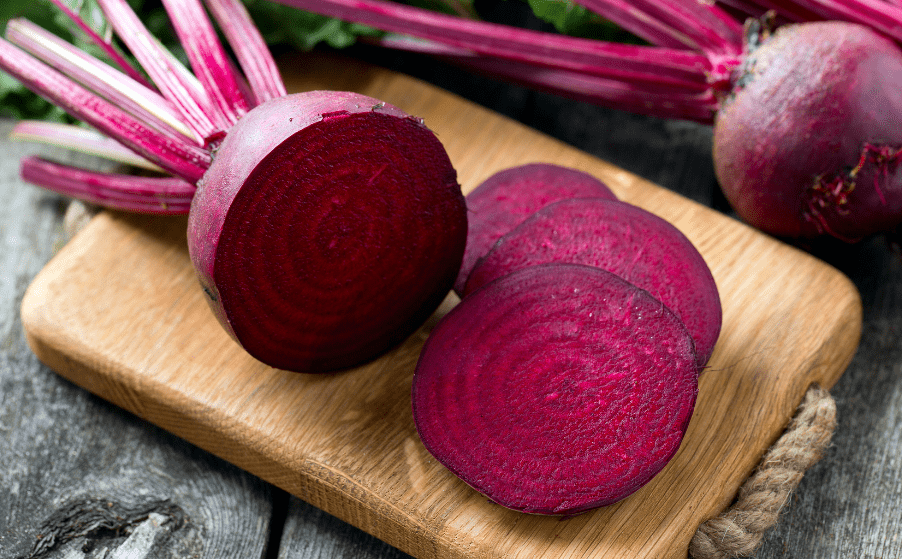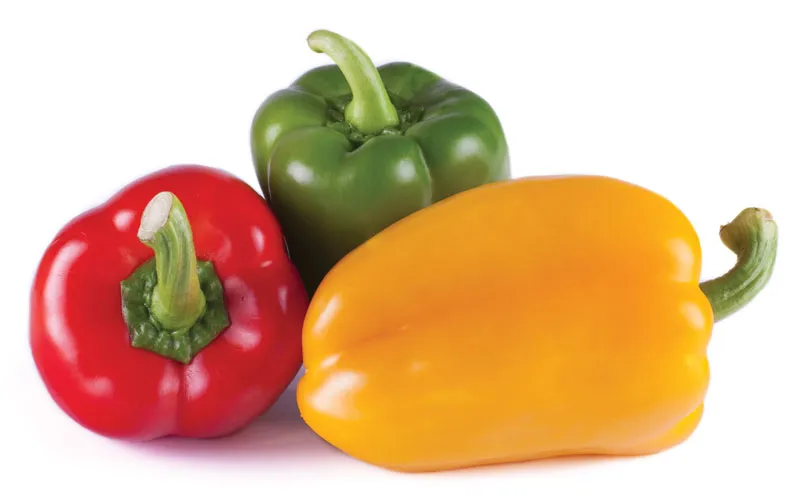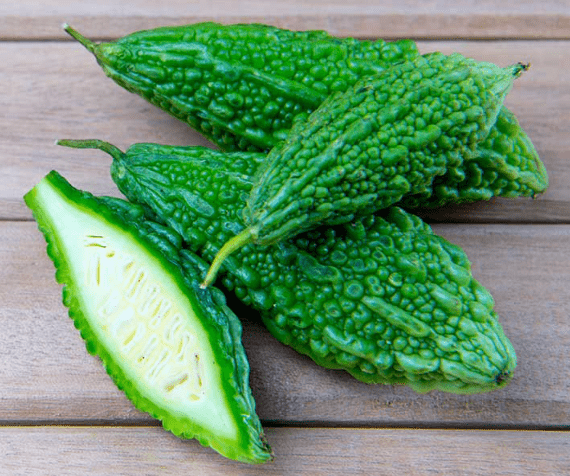
Description
Basil leaves feature smooth margins, opposite orientation along the square stems, and an oval shape. The terminal clusters of minuscule, magenta to white flowers bloom. Although the plant is extremely frost-sensitive, it does well in warm climates. Basil is particularly susceptible to Fusarium wilt, blight, and downy mildew when cultivated in humid settings.
Varieties
Although there are many other forms of basil, these are the most common ones:
Sweet basil: It is sweet and peppery and comes in a variety of leaf sizes, including Genovese basil, which is used in pesto and other Italian dishes.
Thai basil In Southeast Asia, it infuses meals with a licorice-like flavor.
Lemon basil: This variety of basil smells strongly of citrus.
Holy basil has a spicy flavor. It is also known as tulsi and is a sacred plant in Hinduism.

Uses
Basil tea is a stimulant, and the leaves are used fresh or dried to spice meats, fish, salads, and sauces.
Nutrition
Nutritional information for 2 tablespoons of finely chopped basil (5.3 g) is as follows: 1.22 calories, 0.17 g of protein, 0.03 g of total fat, 0.14 g of carbohydrates, 0.1 g of total dietary fiber, and 0.02 g of sugars. 9 mg of calcium, 0.17 mg of iron, 3 mg of magnesium, 3 mg of phosphorus, 16 mg of potassium, 0.04 mg of zinc, 1 mg of vitamin C, 0.002 mg of thiamin, 0.004 mg of riboflavin, 0.048 mg of niacin, 0.008 mg of vitamin b6, 4 g of folate, 14 µg of vitamin a, 0.04 mg of vitamin e, and 22 µg of vitamin k.
Cultivation
Basil grows best in hot, dry circumstances and is susceptible to cold. If there is even a slight likelihood of a frost, it acts like an annual. However, basil is grown all over the world as a result of its popularity. Countries with subtropical climates, those in the temperate zone, and those in the Mediterranean region are all considered production zones.
Basil can be grown indoors in a pot, although it does best outside. Like other herbs, it does best on a sunny windowsill, away from excessively cold draughts. If possible, a greenhouse or row cover is preferable. But it is even possible to grow it in a basement with fluorescent lighting. Red + blue lighting specifically boosts growth and floral bud formation, increasing biomass and phenol production. The volatiles in O. basilicum essential oil are increased by UV-B, which hasn’t been observed in other plants and might be specific to the genus or even to this species.
Table





